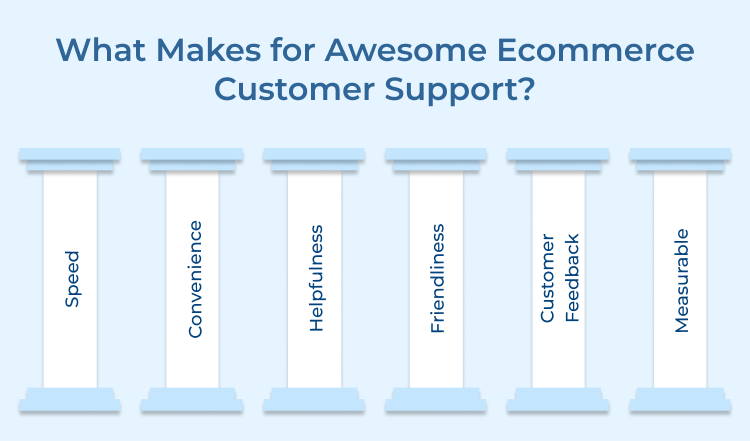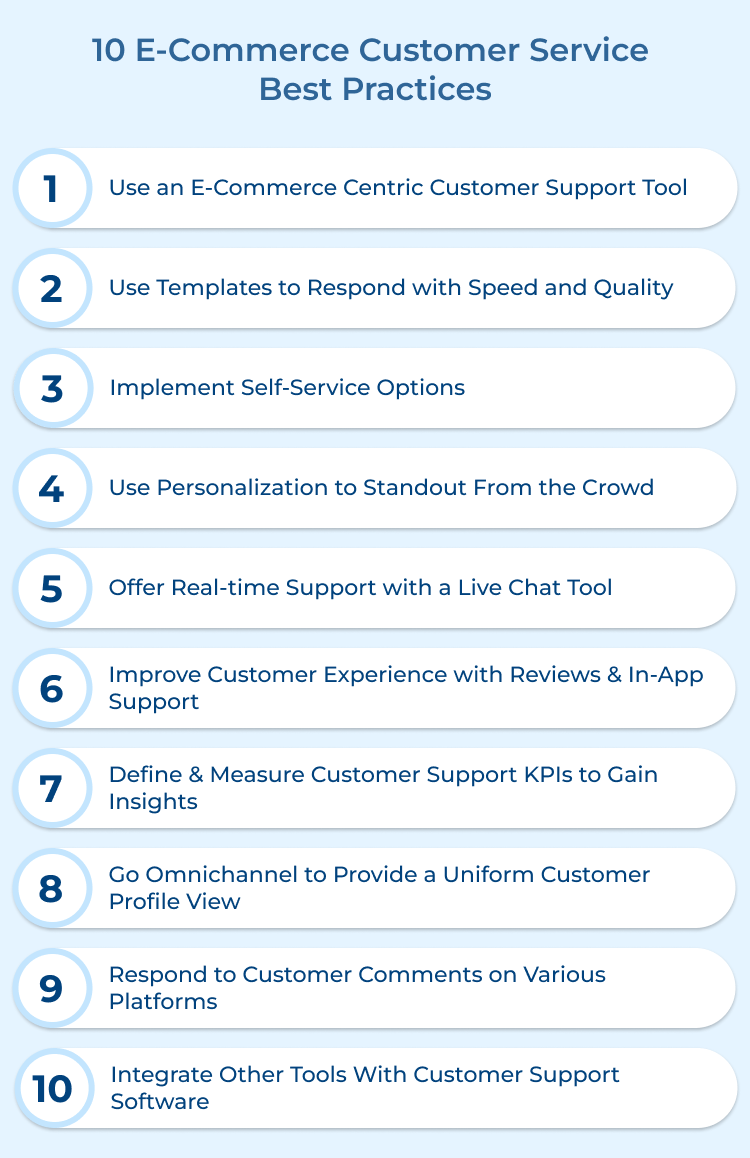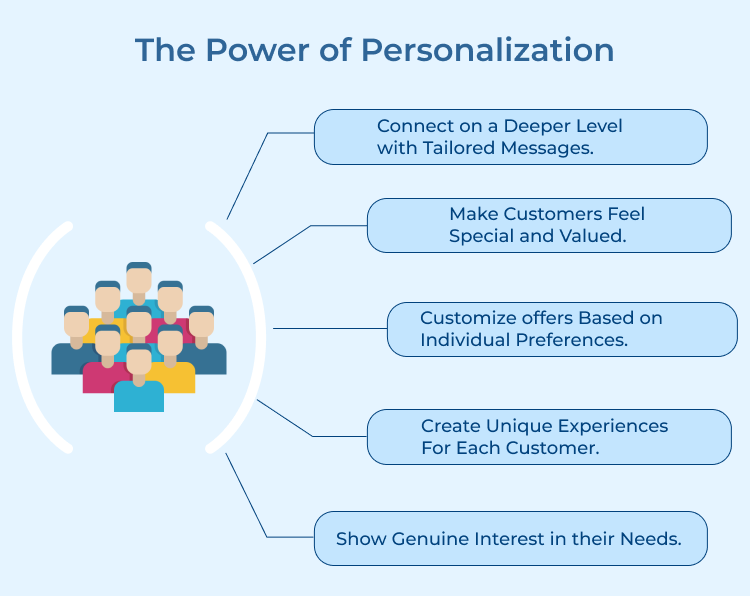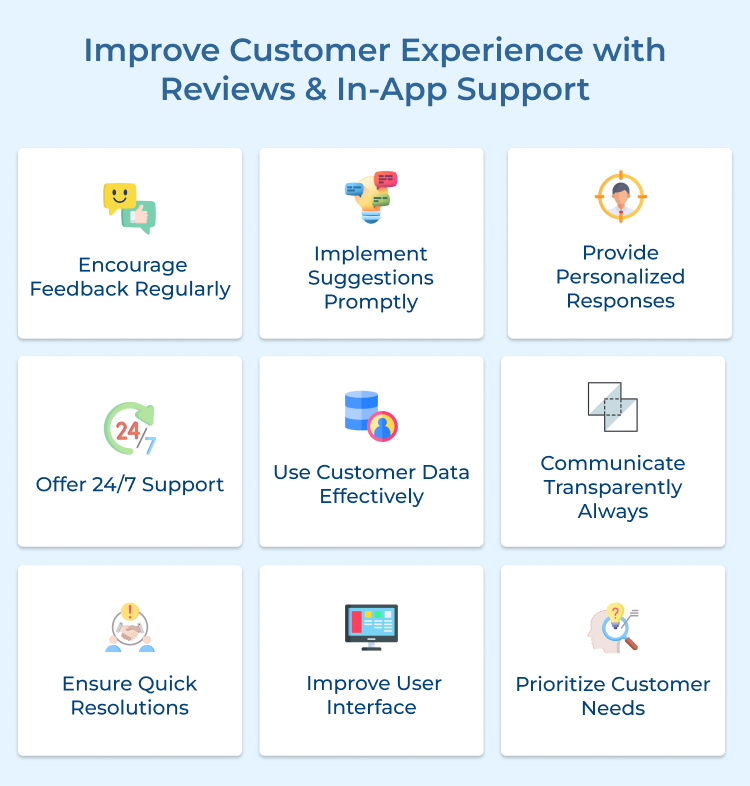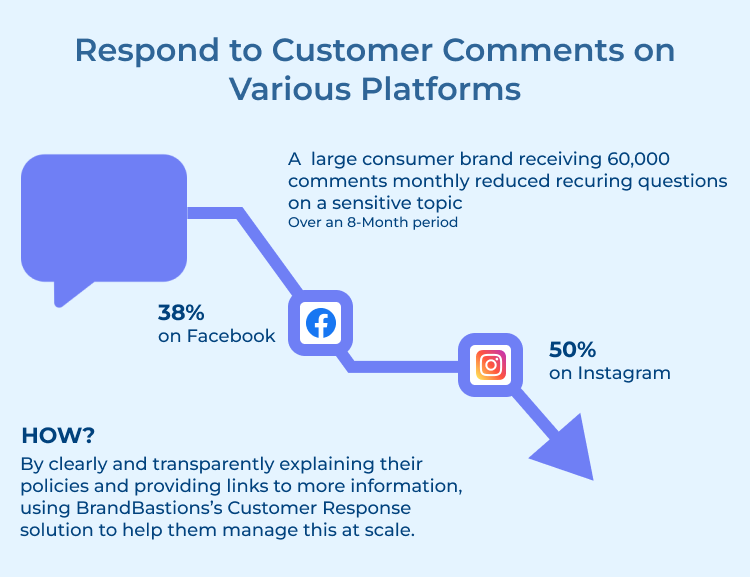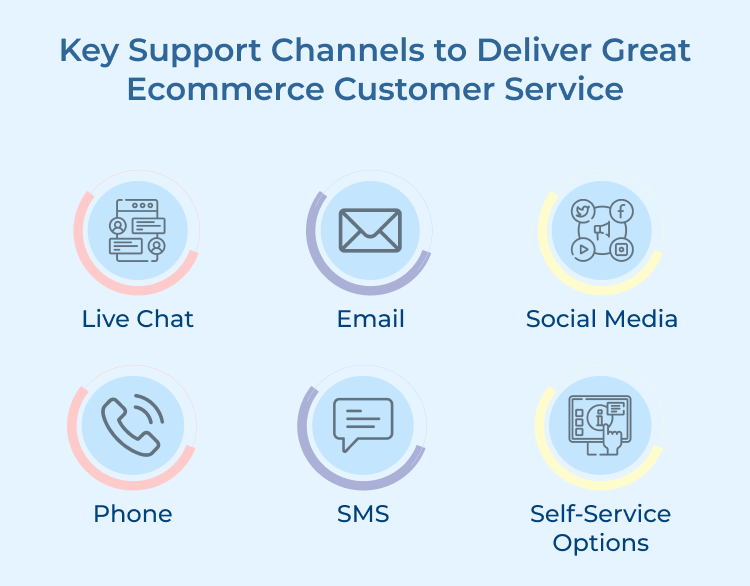Speed
Quick response times are crucial in ecommerce. Customers expect rapid solutions to their queries and issues. Implement systems that allow for immediate acknowledgment of customer contacts and strive for swift resolution.
Utilize tools like chatbots for instant responses and ensure your support team is well-staffed to handle inquiries promptly. Fast service prevents customer frustration, reduces cart abandonment, and enhances overall satisfaction with the shopping experience.
Convenience
Offer multiple support channels to cater to different customer preferences. Provide options such as live chat, email, phone support, and social media assistance. Implement a user-friendly self-service portal with comprehensive FAQs and how-to guides.
Ensure your support is available across devices and platforms. The easier it is for customers to get help, the more likely they are to complete purchases and return for future transactions.
Helpfulness
Equip your support team with in-depth product knowledge and problem-solving skills. Train them to go beyond simply answering questions to proactively offering solutions and alternatives.
Empower agents to make decisions that benefit the customer, such as processing returns or offering discounts when appropriate. Helpful support not only resolves issues but also builds trust and loyalty, turning potentially negative experiences into positive ones.
Friendliness
A warm, personable approach can significantly impact customer perception. Train your support team in effective communication skills, emphasizing empathy and active listening. Encourage agents to use a friendly tone in all interactions, whether written or verbal.
Personalize responses when possible, addressing customers by name and referencing their specific situation. Friendly support creates a positive emotional connection with your brand, enhancing customer satisfaction and loyalty.
Customer Feedback
Regularly solicit and act on customer feedback to continually improve your support and overall service. Implement post-interaction surveys to gauge satisfaction. Monitor social media and review sites for unsolicited feedback.
Use this information to identify areas for improvement in your products, services, and support processes. Demonstrating that you value and act on customer input builds trust and shows your commitment to customer satisfaction.
Measurable
Implement key performance indicators (KPIs) to track and improve your customer support effectiveness. Monitor metrics such as response times, resolution rates, customer satisfaction scores, and Net Promoter Score (NPS).
Use analytics tools to identify trends and areas needing improvement. Regularly review these metrics with your team and set goals for enhancement. Measurable support allows for data-driven decisions and continuous improvement of your customer service strategy.
10 E-Commerce Customer Service Best Practices
Following best practices not only improves customer experience but also gains you competitive advantage in the market. Here’s the list you need to consider:

